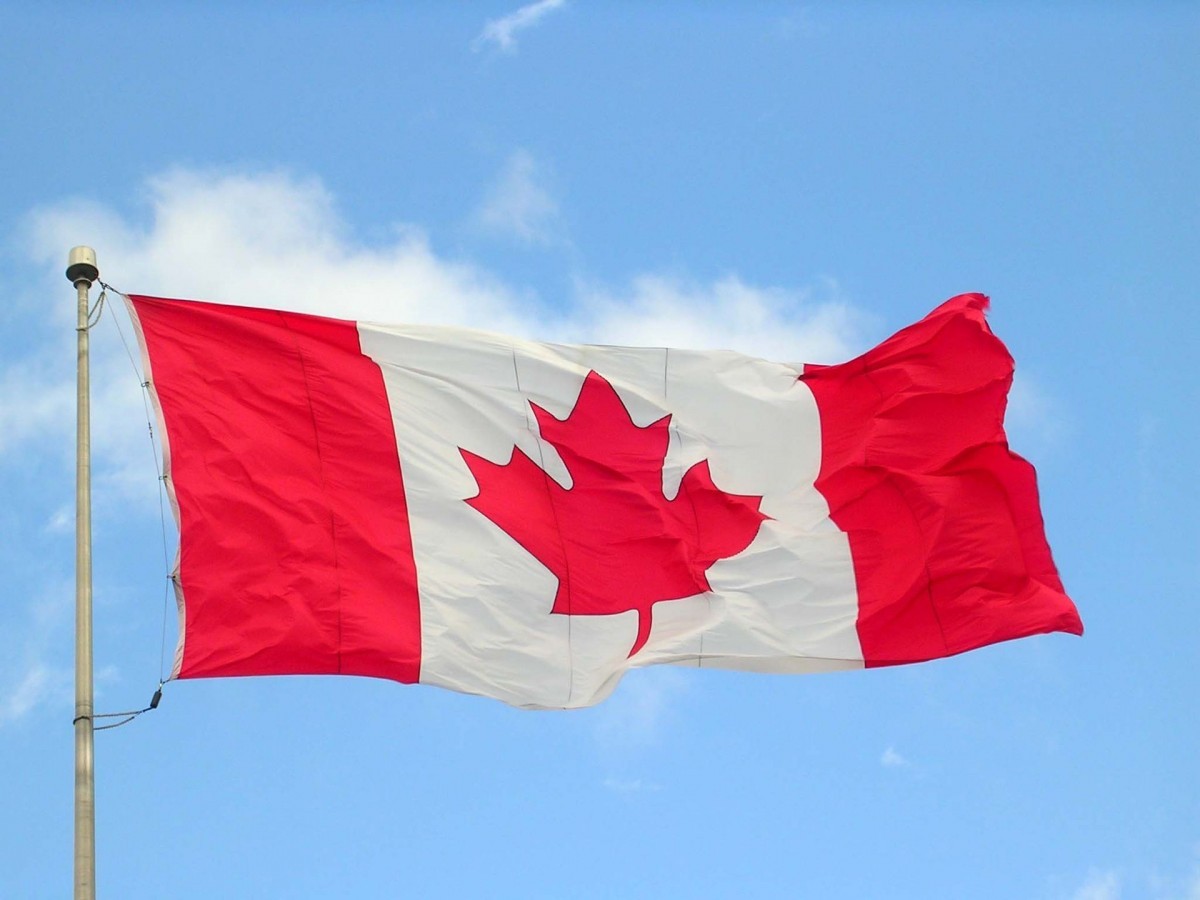
Op-ed: Canada is obliged to assess refugee claims no matter how they entered Canada
The following is an op-ed written by Shauna Labman and Jamie Liew, refugee and immigration law professors at the University of Manitoba and University of Ottawa, respectively. Their article originally appeared in the Winnipeg Free Press on May 5, 2018.
Alongside the spring melt, conversation has ramped up on border crossings from the United States. Alberta MP Michelle Rempel calls some border crossings “unplanned immigration” and worries about how discussion may “switch from ‘how we do immigration’ to ‘if we do immigration.’”
Whether we like it or not, some immigration will inevitably be “unplanned” since refugees are fleeing unexpected circumstances. This is all the more important given that Canada has legal obligations to assess just how we should treat persons at our borders.
Canadians need to understand what the law really says about refugee protection to assess Rempel’s proposal to designate the entire Canadian land border as a port of entry. The Conservative immigration critic wants to trigger the Safe Third Country Agreement and return asylum seekers to the United States regardless of where they cross.
She suggests this new approach is needed so that “illegal” crossings do not undermine Canadian support for immigration. However, persons asking for refugee protection are not crossing illegally.
Canada resettles some refugees through an orderly process, including more than 33,000 Syrian refugees in 2016. Yet less than one per cent of the world’s 17 million refugees were resettled anywhere in the world that same year.
The Canadian government has the discretion to determine refugee resettlement numbers and immigration numbers. Our immigration policy, however, cannot plan how many people ask for refugee protection at our borders.
As a signatory to the 1951 Refugee Convention, Canada has an obligation to assess a person’s refugee claim no matter how they entered Canada. If someone enters Canada and meets the refugee definition — a well-founded fear of persecution for reasons of race, religion, nationality, political opinion or membership in a particular social group — Canada cannot simply send that person away.
It is not accurate to call all land border crossings “illegal” as Rempel suggests. Under Canadian law, anyone who claims refugee protection cannot be charged with an offence related to coming into Canada pending the hearing and determination of their protection claim. This law aligns with a long-held principle of international law, set out in the Refugee Convention, recognizing that refugees sometimes make desperate choices to find safe haven.
Under the Safe Third Country Agreement, refugee claimants who try to enter Canada from the U.S. at a designated land border are not allowed in because they are expected to seek protection in the U.S. Canada is abiding by this agreement to the letter, even as a legal challenge proceeds through the Federal Court. We are among those who have called for the suspension of the agreement, given the questionable safety of refugee claimants in the U.S. under President Donald Trump’s leadership.
Let’s think about this: Canada’s land border with the United States is almost 9,000 kilometres long — the longest international border in the world. Canada cannot patrol every inch. There will always be routes into Canada, but they are more dangerous under Rempel’s plan. Grandmother Mavis Otuteye, 57, died while trying to cross into Canada in May 2017. Seidu Mohammed lost his fingers to frostbite crossing into Manitoba in December 2016. His claim for refugee status in Canada was accepted and he’s now working to make a life in this country.
Irregular crossers currently present themselves to border officials to make their claims immediately after they cross. If presenting themselves will instead trigger their removal, those who do successfully cross the border will remain hidden and control over the border will lessen.
The so-called “loophole” in the Safe Third Country Agreement is in fact a practical recognition that it is difficult to track precisely how and when people arrive in Canada and it is more important to ensure they make a refugee claim if they do arrive. Rempel’s proposal is not only based on inaccurate understanding of the law, but is also a step away from security for both Canadians and asylum seekers.






